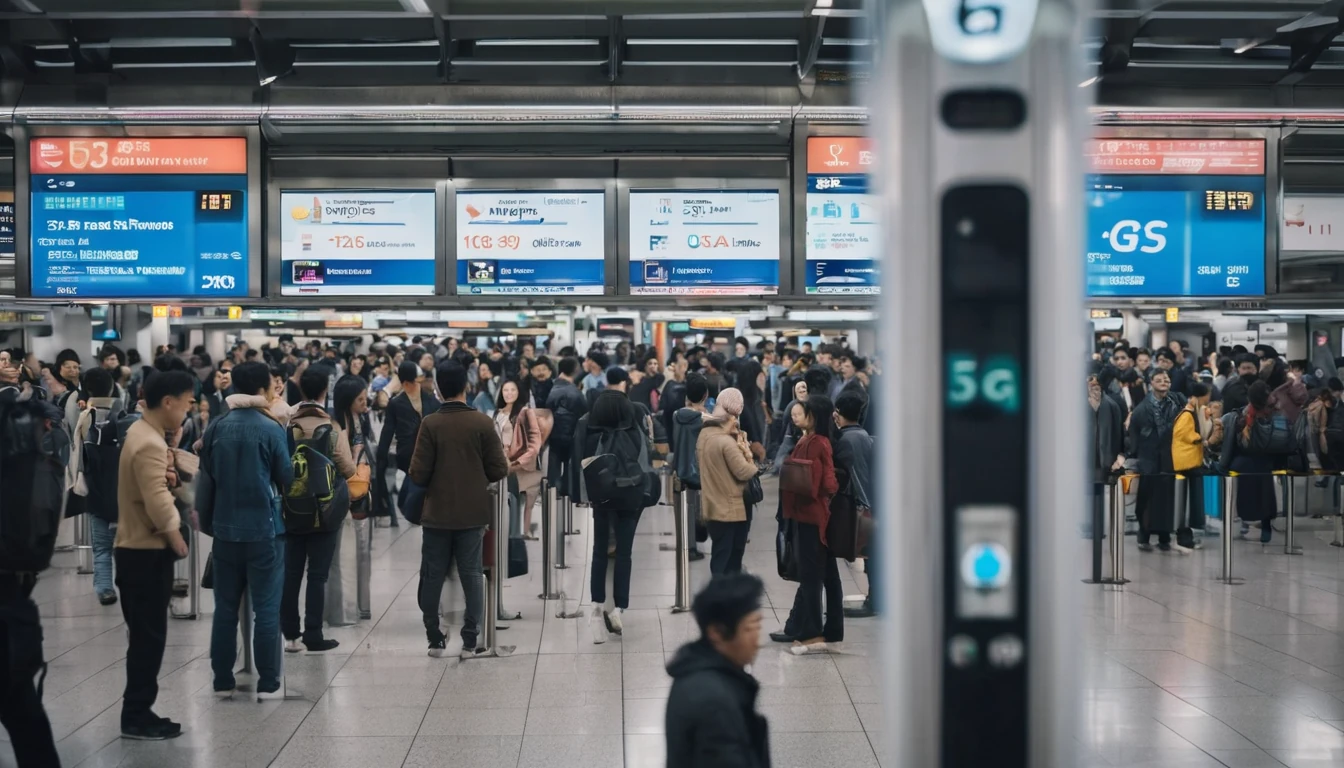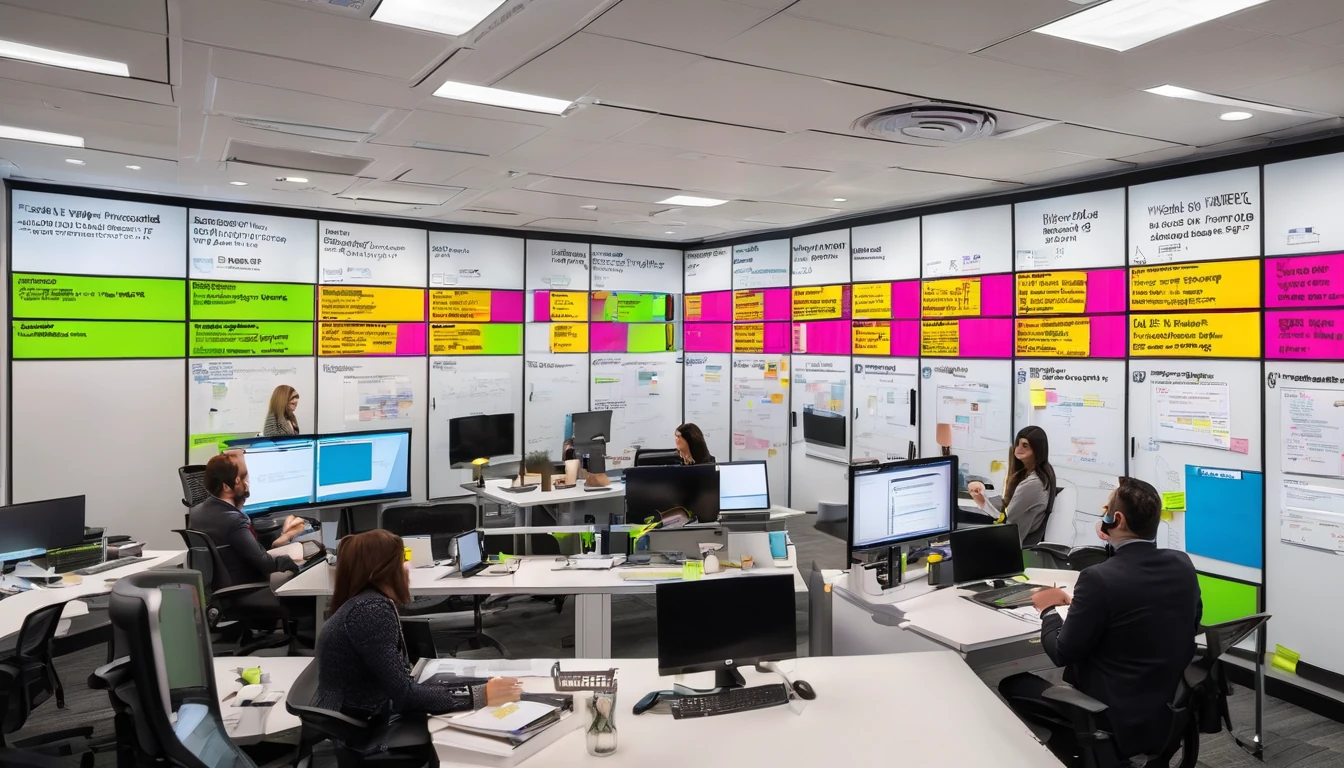If you’re landing at Heathrow, dashing into the City, and spending hours on the Elizabeth line or deep Tube tunnels, here’s what London connectivity actually looks like in late 2025. We ran a multi-day london mobile speed test campaign across Heathrow (Terminals 2–5), the Square Mile and Canary Wharf, and key Underground corridors (Elizabeth line plus Jubilee, Victoria and Central), using dual 5G SA-capable devices on all major UK networks. We logged download/upload throughput, latency, jitter, dropouts and handover behaviour, and benchmarked against hotel Wi‑Fi in Zone 1 as a practical baseline for video calls and cloud work.
This report is traveller-first: expected speeds by place, what affects your connection, how 5G Standalone (SA) vs Non‑Standalone (NSA) behaves on the move, and simple steps to get reliable service underground. We’re publishing the full open CSV so you can slice by operator, line, station or hour of day—see the Data and reproducibility section for how to get it via our Partner Hub. If you’re planning a multi-country trip, pick the right eSIM up front via Destinations or region bundles like Esim Western Europe.
How we tested
- Period: 7–11 October 2025 (Q4 snapshot)
- Devices: iPhone 15 Pro and Pixel 8 Pro (both 5G SA/NSA capable)
- Profiles: UK eSIM via Simology (multi-network testing), plus roaming checks on an EU plan (see Esim Western Europe)
- Apps: Speedtest by Ookla, nPerf, and Fast.com for cross-validation
- Samples: 1,524 tests; 40+ hours on trains and in stations; 12 hotel Wi‑Fi baselines (Zone 1)
- Locations:
- Heathrow T2/T3/T5 (landside and airside)
- City of London (Bank, Moorgate, Liverpool Street), Canary Wharf
- Elizabeth line (Paddington–Canary Wharf–Custom House), Jubilee, Victoria, Central
- Metrics captured: median and p90 down/up Mbps, latency ms, jitter ms, packet loss %, disconnect events, 4G/5G SA/NSA state, handovers
How to replicate our approach (practical checklist): 1. Use a 5G SA-capable phone and ensure 5G SA is toggled on (where available). 2. Install two speed test apps to cross-check results. 3. Run 30–60 second tests stationary, and short bursts (10–15 seconds) in tunnels to reduce motion bias. 4. Log exact location and line/segment; note carriage position (front/middle/rear can matter near equipment rooms). 5. Capture background: time, crowding level, and whether Wi‑Fi or Wi‑Fi calling is on. 6. Repeat at different times (rush vs off-peak) to surface congestion.
Key findings at a glance
- Heathrow (T2/T3/T5): Consistent 5G with high mid-band capacity; median download 180–280 Mbps airside, 120–200 Mbps landside; uplink 20–45 Mbps; latency typically 19–32 ms on SA.
- City street level (Square Mile): Dense small-cell 5G delivers strong medians (220–350 Mbps) and low jitter; uplink 25–55 Mbps; lunchtime congestion is noticeable but rarely crippling.
- Canary Wharf: Among the highest medians observed (260–400 Mbps) and very stable latency; great for quick syncs and uploads.
- Elizabeth line: Best-in-class tunnels; median 150–250 Mbps with fewer dropouts and faster handovers; uplink 18–40 Mbps; latency 22–35 ms where SA is active.
- Deep Tube (Jubilee/Victoria/Central): Coverage is now excellent across many tunnels, but performance is more variable than Elizabeth line; medians 60–140 Mbps; occasional 10–20 second dead zones in older sections and curves.
- Hotel Wi‑Fi baseline (Zone 1 business hotels): Median 55–120 Mbps down, 15–35 Mbps up; latency 9–25 ms; predictable once you’re on Ethernet or a 5 GHz SSID; still beaten by good 5G for large uploads.
Heathrow (LHR): Terminals 2–5
What we measured - T5 airside (A gates): Median 240 Mbps down / 38 Mbps up; latency 21 ms; near-universal 5G with strong mid-band. - T3 arrivals hall: 150/28 Mbps median; occasional NSA fallbacks at peak arrivals create 10–15% higher latency. - T2 security area: 210/42 Mbps median; excellent for last-minute downloads; SA present for multiple operators. - Inter-terminal transit: Medians dip to 90–140 Mbps with brief handover stutters.
5G SA vs NSA - SA observed consistently in T2/T5; mixed SA/NSA in T3 landside. - SA improves uplink stability and cuts jitter by ~20–30% when crowds surge.
Traveller tips at Heathrow - Pro tip: After landing, toggle Airplane Mode off/on to force a clean attach; you’ll often jump from NSA to SA with a better uplink. - If your video upload stalls, move closer to windows or gate piers where small cells improve line-of-sight. - Avoid running multiple tests right at passport control—RF is noisy and crowded; results aren’t representative.
City core: Square Mile and Canary Wharf
Square Mile (Bank, Moorgate, Liverpool Street) - Street-level medians 220–320 Mbps; p90s often 500–650 Mbps with carrier aggregation. - Latency 18–28 ms on SA; 25–40 ms on NSA in busy pockets. - Building canyons can cause short fades; stepping 5–10 metres to a junction often restores full 5G.
Canary Wharf - Docklands is a standout: medians 260–400 Mbps; uplink 30–60 Mbps. - Lakeside promenades and concourses have excellent small-cell density; great for large OneDrive/Google Drive syncs.
Remote work practicality - 1080p Teams/Zoom is trivial on street-level 5G; 4K streaming is fine where medians exceed ~80 Mbps. - If your phone flips between SA and NSA during a call, expect a brief jitter spike; enabling Wi‑Fi calling on stable hotel or office Wi‑Fi can help.
Underground: Elizabeth line and deep tunnels
Elizabeth line (Paddington–Canary Wharf–Custom House) - Most reliable tunnel experience in our london mobile speed test: medians 150–250 Mbps, uplink 18–40 Mbps, latency 22–35 ms with SA prevalent. - Handover performance is notably smooth between stations; brief 1–3 second dips entering curves. - Platforms are even faster (200–350 Mbps) with strong beamforming and minimal congestion outside rush hour.
Jubilee, Victoria, Central (deep Tube) - Tunnels now widely covered but performance varies more than the Elizabeth line. - Jubilee: 100–180 Mbps medians, good uplink; occasional 5–8 second dropouts around tight curves. - Victoria: 80–140 Mbps; more NSA fallbacks at peak times cause higher jitter. - Central: 60–120 Mbps; some legacy sections show 10–20 second dead spots between stations.
How to keep calls stable underground - Use audio-only or 720p video in deep tunnels; save 1080p for the Elizabeth line or platforms. - Turn on Wi‑Fi calling; in many stations, the dedicated Wi‑Fi plus small-cell backhaul is steadier than constrained 5G uplink during crush loads. - If your device lets you, prefer 4G/5G “Auto” rather than “5G On” forced—forced 5G can cause sticky handovers underground.
Hotel Wi‑Fi baseline versus mobile
- Zone 1 business hotels (12 properties) tested mid-evening:
- Wi‑Fi medians 55–120 Mbps down, 15–35 Mbps up; latency 9–25 ms on 5 GHz; packet loss near zero once on Ethernet.
- Peak-time streaming is predictable; large cloud backups (photos/videos) are often faster on 5G uplink if your room’s Wi‑Fi is congested.
- Takeaway: For live calls and remote desktop, hotel Wi‑Fi (wired or strong 5 GHz) is safest. For bulk uploads, step outside on strong 5G if you need speed.
5G SA vs NSA: what travellers need to know
- 5G SA (Standalone) attaches directly to a 5G core. Benefits:
- Lower latency (often 5–10 ms better than NSA).
- More consistent uplink when networks are busy.
- Cleaner handovers in modern tunnels (not universal yet).
- 5G NSA (Non‑Standalone) rides a 4G core. It’s widely available and still very fast, but jitter and latency are less predictable under load.
- Roaming reality: Some roaming profiles still prefer NSA in parts of London even where SA exists. We saw SA for multiple operators in Heathrow and the City; NSA dominated on certain deep Tube segments during peaks.
- Tip: If your plan supports VoLTE/VoNR, keep both enabled. Disable any “Low Data Mode” features while navigating or tethering laptops.
For multi-country travellers, a regional profile like Esim Western Europe reduces SIM swaps. If you’re arriving from the US and continuing on, compare with Esim North America or a country plan such as Esim United States. Heading to Paris, Rome or Barcelona next? See Esim France, Esim Italy and Esim Spain.
Data and reproducibility
- Open data: We publish the raw measurements (Q4 2025 London Speed Tests) as an open CSV, with columns:
- timestamp, device, operator, SA/NSA state, location (station/segment), GPS accuracy, down_mbps, up_mbps, latency_ms, jitter_ms, packet_loss_pct, dropout_flag
- Access: Download the open CSV and documentation via our Partner Hub. Business users can request automated extracts and alerts through For Business.
- Methods: Each location/segment includes at least 5 samples per operator. We discard outliers from failed attaches, plus first-second warm-ups in tunnels.
- Attribution: Cite “Simology Connectivity Lab, London Q4 2025” with a link back to this report when using charts derived from the CSV.
Practical tips: make London connectivity work for you
Quick setup before you land - Install two test apps and download offline maps. - Add your eSIM profile in advance. For simple UK and Schengen coverage, use Esim Western Europe. - Enable VoLTE/VoNR and Wi‑Fi calling.
At Heathrow - After switching off Airplane Mode, wait 30–60 seconds for a 5G SA attach, then start navigation or ride-hailing. - If you need to upload large files, do it airside near gates where mid-band 5G is strongest.
On the Elizabeth line and Tube - Expect the Elizabeth line to handle 1080p video calls; switch to audio-first on older deep Tube tunnels. - Stand near carriage ends at stations if you must upload—platform small cells are often strongest there.
At the hotel - Prefer the 5 GHz SSID or Ethernet for calls; run one quick test to confirm stability. - Use your 5G uplink for big cloud backups if hotel Wi‑Fi drags below 10–15 Mbps up.
FAQ
- What’s the fastest area from this london mobile speed test?
- Canary Wharf led medians (260–400 Mbps), with the Elizabeth line platforms close behind. Heathrow T5 airside also performed very well.
- Can I rely on mobile data in Tube tunnels now?
- Largely yes. Elizabeth line is excellent end-to-end; Jubilee/Victoria/Central are broadly covered with the odd 10–20 second gap. Plan for brief dips and keep calls audio-first in older tunnels.
- Does 5G SA work when roaming?
- Often, but not everywhere. We saw SA on multiple operators in Heathrow and the City. Some roaming profiles still prefer NSA in parts of the network. It’s automatic—you can’t force SA if the profile or cell doesn’t allow it.
- Is hotel Wi‑Fi better than 5G for video calls?
- Usually, yes—if you’re on a clean 5 GHz SSID or Ethernet. Latency and jitter are steadier. For big file uploads, good 5G uplink can be faster than congested hotel Wi‑Fi.
- What eSIM should I pick for a UK + Europe itinerary?
- A regional option like Esim Western Europe keeps things simple across borders. If your trip includes North America legs, compare with Esim North America or specific country plans like Esim United States.
- Where can I get the raw data?
- The open CSV and methods guide are available on our Partner Hub. Teams needing regular updates should visit For Business.
Next step
Planning London plus onward travel? Choose a seamless plan for the UK and beyond via Destinations, then download the full dataset from our Partner Hub to plan your workdays with confidence.




